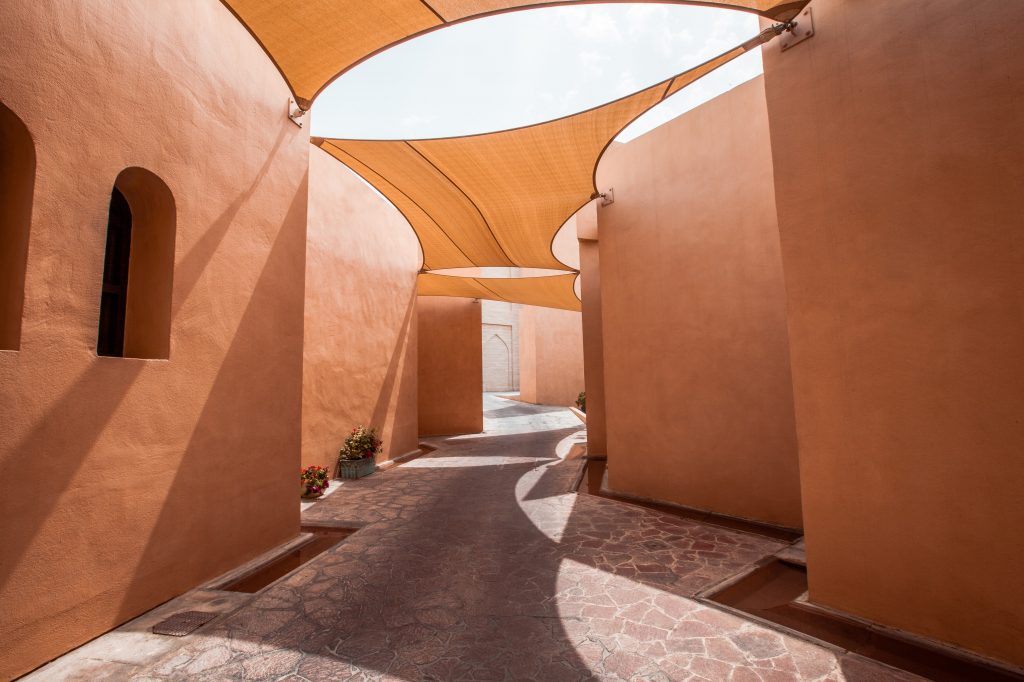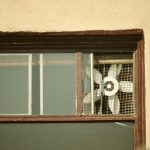 Lesson Nine: Shading
Lesson Nine: Shading
It feels warmer, maybe not summer warm but spring warm! We no longer need our winter coats, the heater isn’t on as often and we’re starting to feel warmer in our homes. But what happens when it’s TOO warm? When we’ve let the sun in all day (lush), but now it’s time for bed and we can’t cool down – what do we do?
Let’s dive in to talk about shading, how we can keep the sun out and ensure we remain comfortable in our home.
As a renter what can I do about shading/how to keep the sun out?
While there might not be much you can change in your home as a renter, you are often restricted somewhat by what you can install (since it can’t be permanent), unless you have a very accommodating landlord. The first and most obvious thing to do to prevent the sun coming in and warming the surfaces of your home is to close your blinds. This is fine if this is your only option, but since the blinds are already inside your house being warmed by the sun they’re blocking they’ll be getting warm, and you’ll still feel heaps of heat from these. Another (affordable) option is to purchase a roll of “weed mat” (black mesh) that allows very little light to come through, and stick it on the outside of your window. It will block the sun from getting in, and since it’s outside the heat stays out – even if the mesh warms up!
If I’m asking my landlord for shading – what is the best thing to ask for?
Typically most homes have internal shading, so ask for shading for the outside! Examples of outdoor shade – trees, shutters, roller shades, weed mats (mentioned above) fixed to the exterior of windows, or an umbrella for outside the window. Blocking the sun won’t necessarily improve the thermal performance of your home but reducing the heat coming in makes for an easier time cooling things down. If you have pillows or upholstery inside in the sun these could burn or fade, but if you have shading you won’t have to worry about that! Overtime, paints and sealants will age and deteriorate much faster in the sun, so if you have exterior shading stopping the sun reaching inside (and outside to an extent) they will last much longer.
Most homes have interior curtains or blinds.. Why don’t we shade from the exterior?
The main barrier is that it is more expensive and difficult to shade from the outside of a home than it is the inside. Those items need to be durable and they need to be installed without creating leaks to the interior. Curtains and blinds are an easier, more obvious and cheaper option for home shading, so those are usually installed first.
If I shade during the summer, does that mean I am going to be cold during the winter?
So if I’ve planted the tree to protect me and my home from the sun in summer, what happens in the winter? The angles of the sun differs between seasons, the summer sun sits much higher than the winter sun so you should install your shading with this in mind. External shutters and roll down shades can be opened and closed depending on the season, so they’re easily sorted. Trees or awnings will work for both the winter and summer sun because you can angle these (somewhat) in line with the angle of the sun. Make sure they block the sun in the summer, but allow the sun to sneak under in the winter. But the real key here, which we have mentioned in previous podcasts, is to build tight, ventilate right – this way you can heat or cool when the sun isn’t cooperating, so you can be sure you will be comfortable in every season.
If I am replacing my windows what should I worry about?
Windows have a lot of impact in terms of how you feel inside your house. The sun goes through the glass, obviously, but it also hits the window frames, heating the frame which is then transferred inside. If you are installing new windows double glazed is good, but make sure you get ones with a low-e (low emissivity) coating, which is an invisibly thin layer of metal that allows visible light through, but reflects the UV and the infrared the heat carrying components of the sun. These options will look pretty much the same as other windows but it will reduce the amount of heat that comes in, and also reduces the amount of heat lost in the winter. It shouldn’t cost more, however, because it’s not done in NZ all the time it is slightly (~5%) more expensive. A tinted window will do the same thing but the look/colour of the window will be darker. And for the joinery? We’ve said it before and we’ll say it again: make sure they have thermal breaks in the frame, so that even if the outside of the frame heats up in the sun, the inside of the frame will be cool on the inside. In short – spend the money for the comfort factor! It will pay for itself over and over.
What if I really like the sun? How do I quickly cool my house at night if I like the sunshine during the day?
Fans are a great way to move air around, but you need to maximise their potential. If the outside air is cooler than the inside air, put a fan in a window or doorway to bring the colder air from outside to inside. Typically, NZ evenings are around 20-21deg which is a much cooler temperature to bring in. If it’s one of those nights where it’s still warm outside, you could be transferring that warm air straight back into your home, so turn the fan around to blow air outward, and open a window on the other side of your house to get a cross flow. Having a little bit of a breeze will make you feel cooler, and you’ll also be pushing moist air out to prevent condensation and mould (which can still happen in the summer!) Air movement is really important to keep feeling cool inside – both for a breeze on your skin, and transferring the outside air in, and the inside air out. Use your fans!
To summarise – exterior shading can be expensive and interior shading is generally how homes protect the sun coming in. However, there are some cheap and easy alternatives to exterior shading which as a renter or a home owner you can easily adopt, and stopping the sun from the outside is much, much more effective. To keep yourself feeling cool and comfortable ensure you are transferring the stale air from inside the house and replacing it with fresh air from the outside.
So there we have it – shading! Now let’s welcome the sun…




